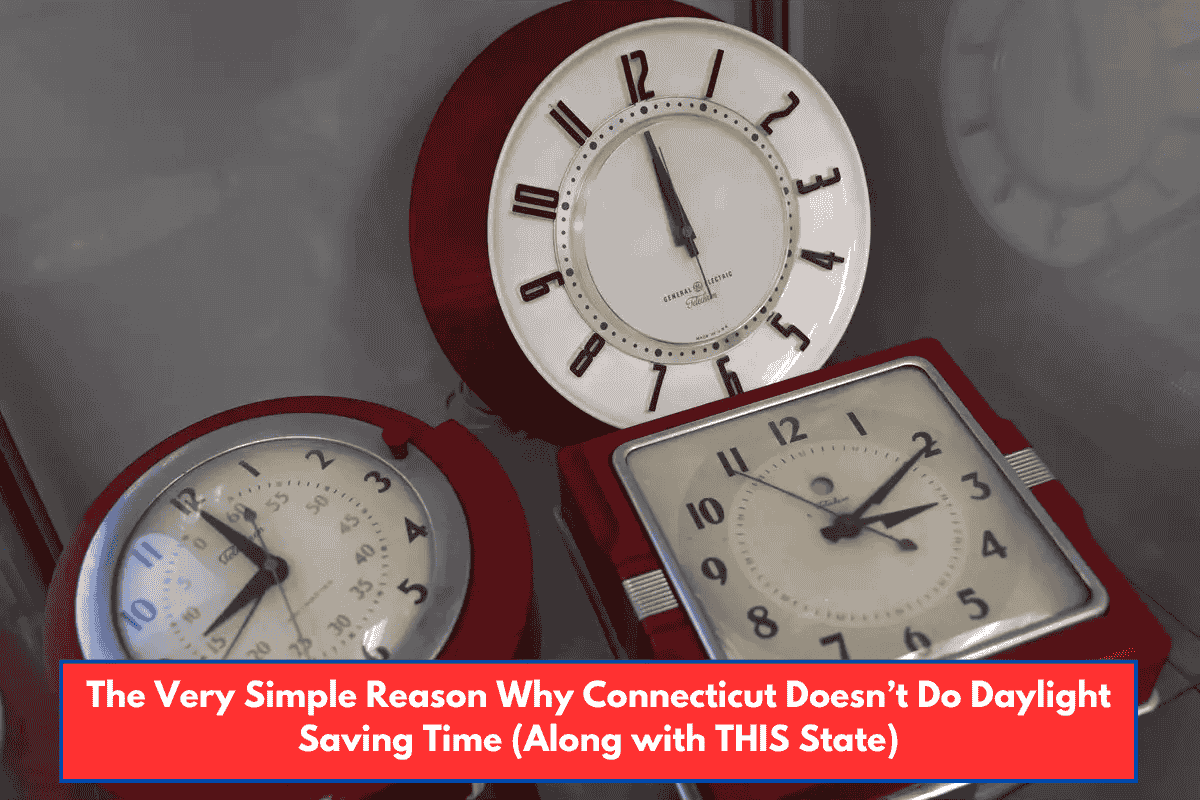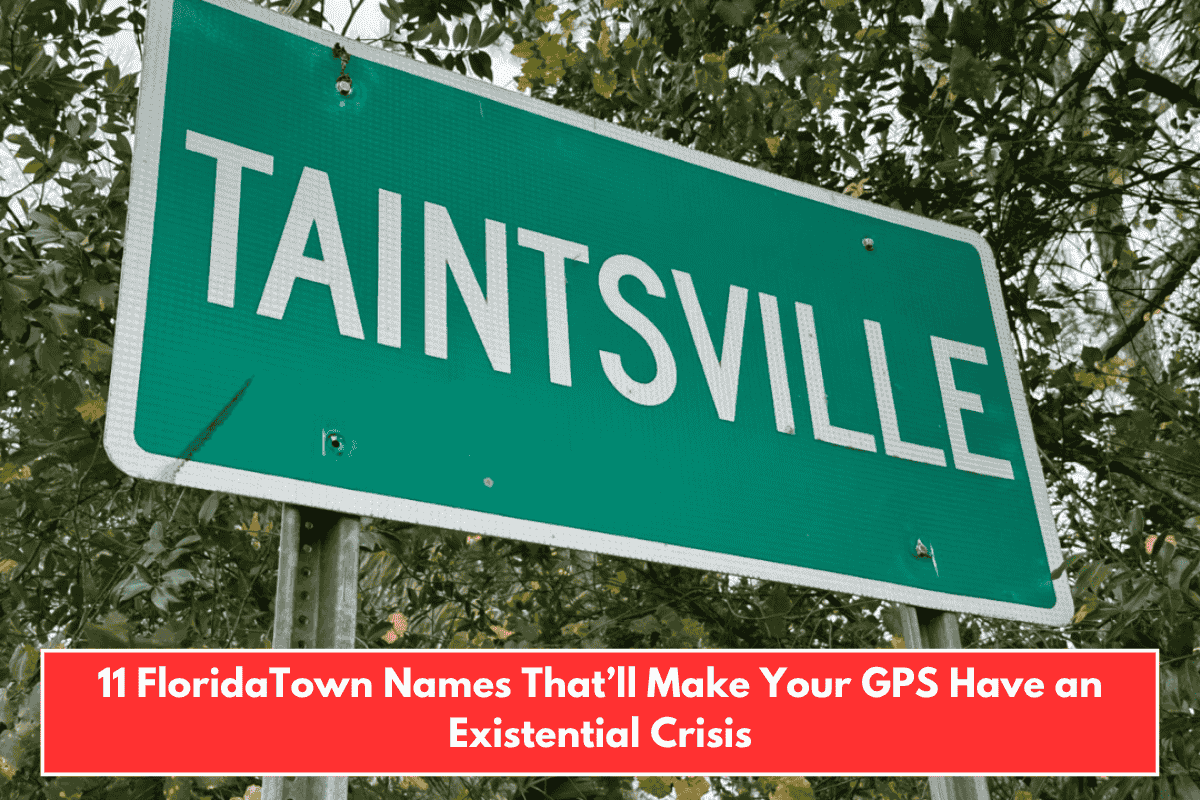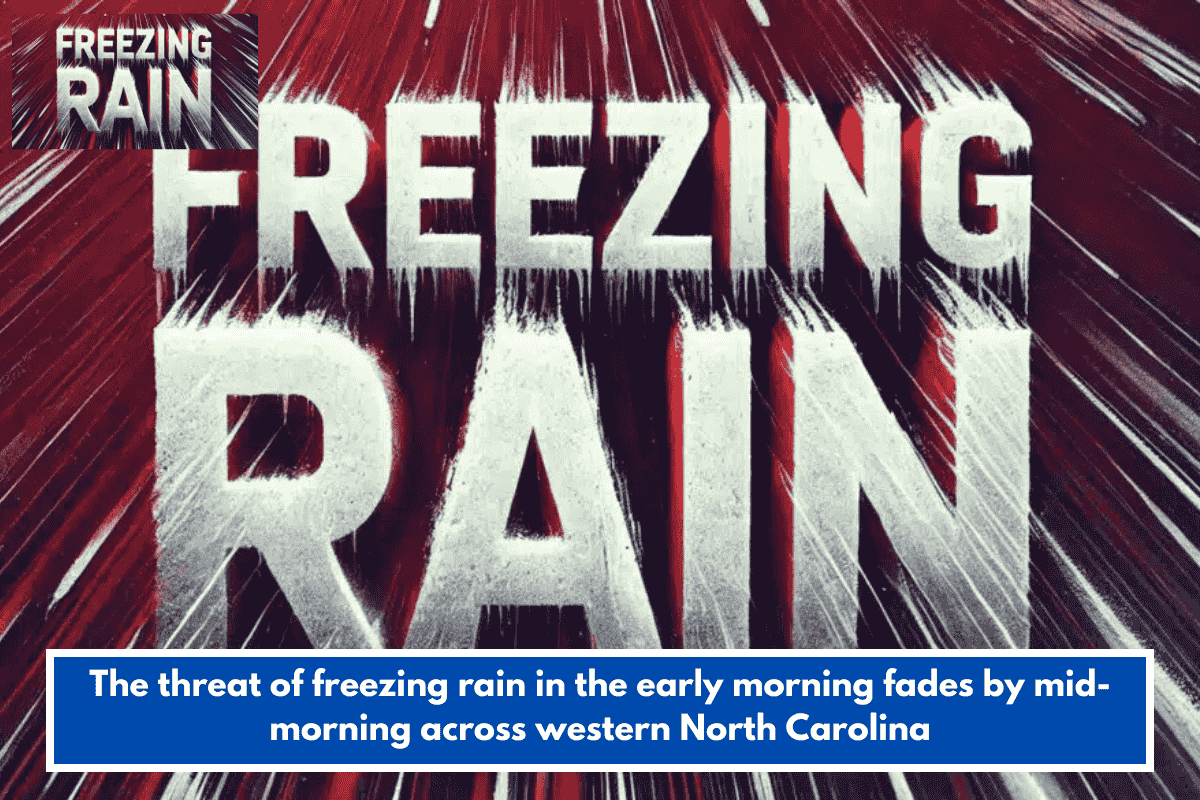Connecticut does, in fact, currently observe daylight saving time—clocks shift in spring and fall—but historically, the state fiercely objected to the practice after World War I, particularly because of agricultural opposition. The simple reason Connecticut resisted was that farmers (notably tobacco growers) lost productive daylight in the mornings and found the time change disruptive, while city dwellers were more likely to favor it for evening leisure.
Connecticut and Daylight Saving Time
- After World War I, Connecticut briefly outlawed daylight saving time in 1923 and mandated standard time year-round due to rural opposition and general confusion caused by differing policies across towns and businesses.
- Businesses and federal offices often ignored the law, creating a patchwork of time observance—eventually, the state repealed this restriction in the 1930s.
- Today, most of Connecticut follows national guidelines on daylight saving time, though debates (and some legislative proposals) continue to arise about permanently adopting one time or dropping the shift altogether.
The “Other” State
- The reference to “this state” likely points to Arizona, which (along with Hawaii) does not observe daylight saving time.
- Arizona’s reason is practical: much of the state is extremely hot in summer, and earlier sunsets help avoid unnecessary extra daylight and excessive heat in the evening.
Summary Table
| State | Current Status | Simple Reason for DST Rejection |
|---|---|---|
| Connecticut | Observes DST, but debated | Disruptive for farmers and rural workers; historical confusion |
| Arizona | Does not observe DST | Avoids extra heat and daylight in the evening |
| Hawaii | Does not observe DST | Minimal daylight variation due to latitude |
The core reason for Connecticut’s historical resistance is that the rural and agricultural nature of the state at the time made daylight saving deeply unpopular and impractical, leading to periods without DST, a stance also seen in Arizona for climate reasons.
SOURCE
[1](https://www.indystar.com/story/news/2025/10/06/did-the-time-change-last-night-when-daylight-saving-time-ends-2025-dst-fall-back-one-hour-when-nov-2/86545134007/)
[2](https://timesofindia.indiatimes.com/world/us/daylight-saving-time-2025-when-clocks-fall-back-health-risks-and-everything-you-need-to-know-about/articleshow/124333339.cms)
[3](https://en.wikipedia.org/wiki/Daylight_saving_time_in_the_United_States)
[4](https://www.timeanddate.com/time/change/usa)
[5](https://en.as.com/latest_news/when-does-the-time-change-this-year-daylight-saving-time-2025-n/)















This article is INCORRECT because Connecticut observes daylight saving time. Please verify your information, as this statement is inaccurate.
I really appreciate you taking the time to point that out. As a result of your comment, the article has been revised and corrected.